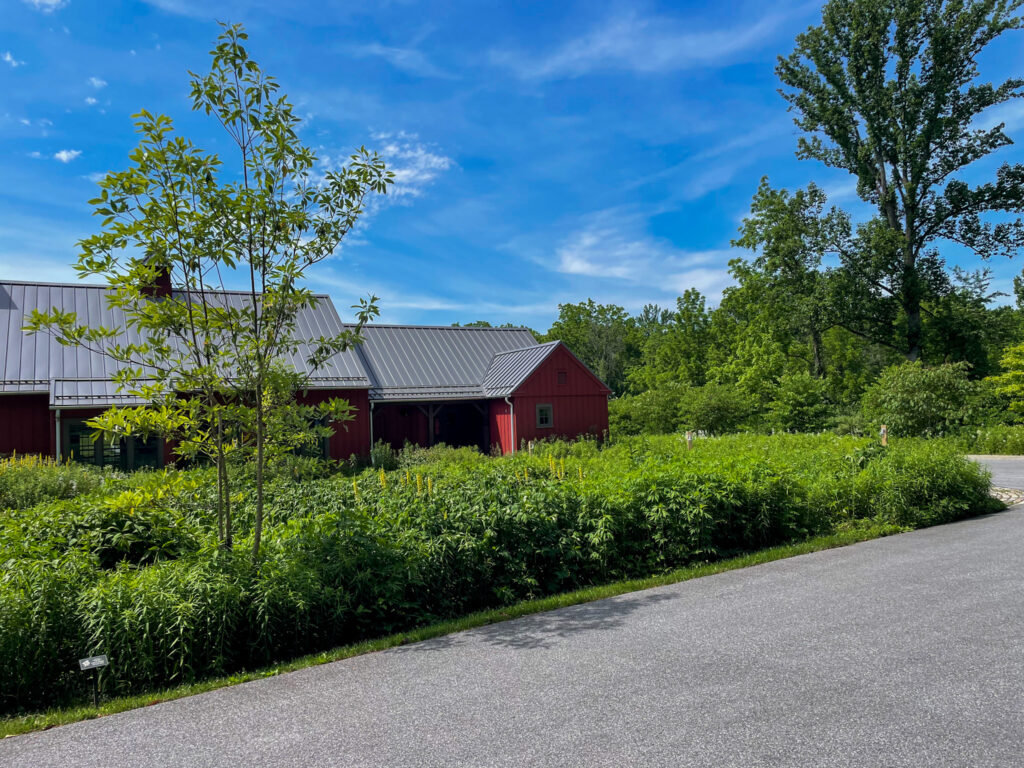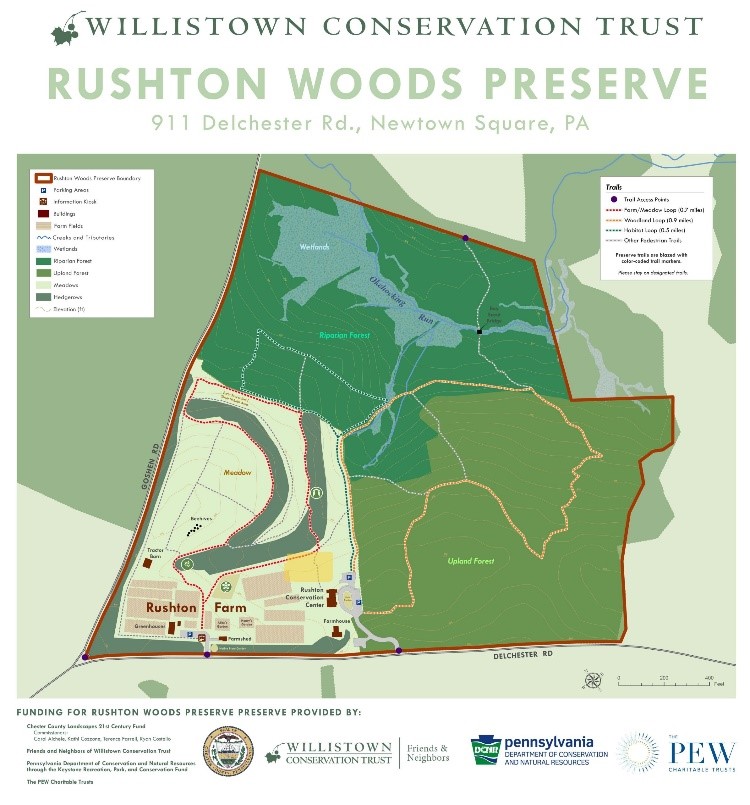By: Ryan Ferguson
It was a dark and stormy night. You just bought a cozy lawn chair to relax in the next day, but when you look outside, you see it getting washed away by the flooding in your backyard! All you can do now is sit in the wet grass, yell at the sky, and wonder how you can fix this flooding issue. Excess stormwater runoff comes from numerous surfaces that block water from passing through them, such as roofs, driveways, sidewalks, and parking lots. In addition to flooding, runoff can lead to various issues such as erosion and the transportation of pollutants like fertilizer, oil, and road salt, which ultimately reach our waterways.
Luckily, you have come to the right spot to learn about a potential solution! Bioretention basins are a fantastic treatment option for stormwater management. These basins, also known as rain gardens, are depressions in the ground that absorb excess stormwater runoff. Bioretention basins typically consist of native plants on top of a combined soil/sand bed, topped with a layer of mulch. The runoff water will flow into the basin, where it goes through two main scenarios. When runoff water flows into the basin, it first passes through the mulch, which traps larger debris. It then filters through the soil/sand bed, where finer particles and pollutants are captured, and beneficial microorganisms break down contaminants. Some of this filtered water infiltrates into the groundwater. Meanwhile, native plants absorb a portion of the water through their roots, which is crucial for photosynthesis, cooling, and nutrient transport. This process not only supports plant growth but also enhances the basin’s filtration capacity by stabilizing the soil. Thus, bioretention basins effectively filter runoff water while supporting plant life, creating a sustainable system for water management and the local ecosystem. It’s a win-win scenario for everything involved! In addition to reducing stormwater runoff, these basins provide numerous other benefits, including:
Improving water quality: Bioretention basins offer a variety of pollutant-removal mechanisms. This can include filtration through the vegetation, evaporation, transpiration, and infiltration into the soil. The best basins can remove suspended solids, metals, and nutrients. Studies show that bioretention areas can remove 75% of phosphorus and nitrogen, 95% of metals, and 90% of organics, bacteria, and sediment. When large amounts of these contaminants enter waterways, they can produce toxins that harm people, animals, and aquatic life.
Improving water quantity: Soaking up the stormwater runoff allows the water to infiltrate into the ground and become groundwater. This keeps our streams and rivers flowing and fills up the groundwater that we eventually clean and drink. Groundwater is also cleaner and colder than storm water, which strongly benefits stream life.
Habitat improvement: Using native trees and flowers creates habitats for animals such as birds and insects, especially pollinators. If you build multiple bioretention basins together, the benefits only get better for the inhabitants, and if you do not have space to build a basin, planting even a small space with native plants can benefit local wildlife and waterways! Here are other ways to reduce stormwater runoff and stormwater pollution on your property.
Appearance: Bioretention basins are very pleasant to look at, like outside the Rushton Conservation Center!

Bioretention basins offer versatile applications across diverse environments, including right here at Rushton Woods Preserve! WCT staff are currently working with ThinkGreen and Meliora to design and install a new basin this year. This project is possible through generous funding from the Pennsylvania Department of Environmental Protection and the Department of Conservation and Natural Resources. This new construction will join the rain garden outside of the Rushton Conservation Center, which works to reduce the stormwater impact from the building and parking lot on the preserve.
Check out Rushton Woods Preserve when the basin and deck are complete, any day of the week from dusk to dawn!

Interested in making your own rain garden? Check out this website to learn how to make a simple rain garden in your own yard: https://www.bhg.com/gardening/landscaping-projects/landscape-basics/make-a-rain-garden/
Sources
https://www.epa.gov/system/files/documents/2021-11/bmp-bioretention-rain-gardens.pdf
https://www.hamiltontn.gov/pdf/WaterQuality/bmps/9.1rag.pdf

